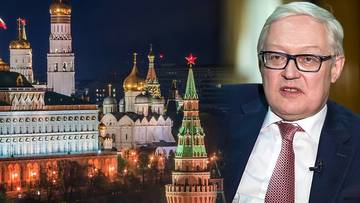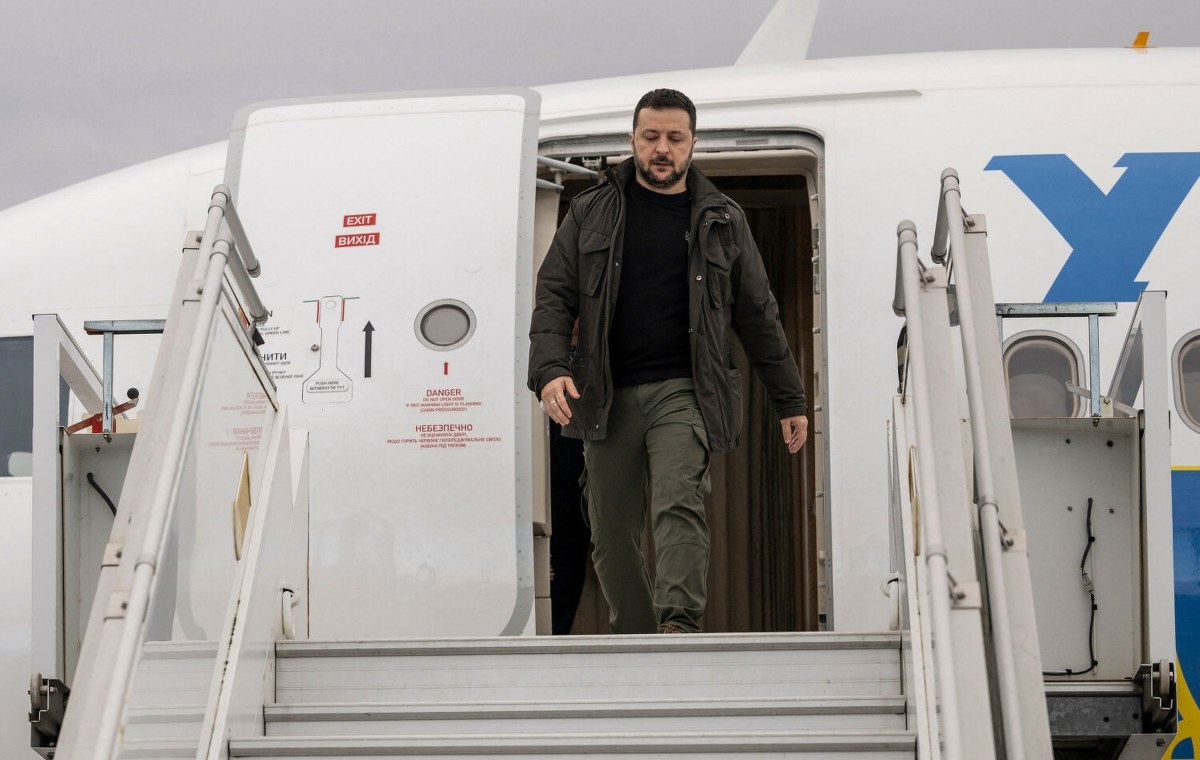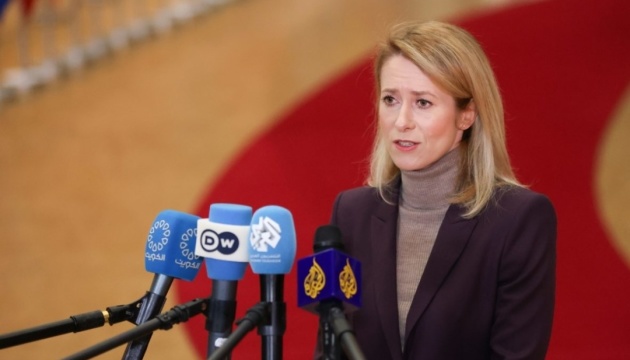In confederate Ukraine, the August sun beats down on the deminers. Despite the 40-degree heat, they must stay focused. The ground is infested with Russian TM-62 mines. From 8 in the morning to 2 in the afternoon Antonina has to keep her vest and visor on for safety. Just 2 years ago, these fields in Mykolaiv Oblast were the front line, separating Ukrainian forces in the west from the Russians in the east.
Another silhouette emerges from the tall grass just a fewer metres from a dusty road. It is Tatyana. At 34, this parent and erstwhile worker of Mykolaiv’s civilian airport is now a deminer. For the past 2 months, she has been employed by Norwegian People’s Aid (NPA), a major global demining organization.
In the morning, Tatyana does not have time to say goodbye to her 2 children. The convoys of deminers leave the office in central Mykolaiv at 7 in the morning. During the summer, to avoid the 35-degree afternoon heat, they work in the field for six hours from 8 to two. “The hardest part of this job? Being out in the sun with a visor and a dense vest,” Tatyana jokes.
Originally from Donbas, Tatyana has known war for 10 years, always since Russian troops invaded in 2014. For her, this demining mission is simply a way to contribute to the war effort against Russia. “I want my children to grow up in a average country,” she says, putting distant her metallic detector. In 2015, she said she and her household narrowly escaped a Russian BM-21 rocket launcher attack in Donetsk.

Under the scorching sun, Tatyana has to keep her protective kevlar vest on at all times while working in the field. Photo: Théodore Donguy
Here, 40 kilometres from the front, Tatyana continues to see ballistic missiles fly overhead while she works to clear mines. “They frequently come from Crimea and will be intercepted by our air defences,” explains 1 of the method field managers, an global NPA individual from Nepal. That morning, 1 Ukrainian ballistic rocket was fired, leaving behind 1 of the fewer traces in the clear blue sky.
Ukraine: the most mined country in the world
By the end of 2023, Ukraine became 1 of the most mined countries in the world, surpassing even Afghanistan. According to the Slovak think tank Globsec, over 142,000 square kilometres of Ukraine’s territory is possibly contaminated, about a 4th of the country. These areas are primarily in the east and south. Today, nearly 10.7 million people in Ukraine have been affected by mines, according to the United Nations Office for the Coordination of Humanitarian Affairs. Since 2014, over 1200 Ukrainians have been killed by landmines.
Russia has deployed a wide scope of explosive devices on a massive scale. A Human Rights Watch study notes that these include respective types of landmines, specified as anti-personnel, anti-tank, and anti-vehicle mines.

The Russians deploy TM-62 mines in a line to increase their chances of hitting Ukrainian tanks. Photo: Théodore Donguy
The mines that Tatyana and the NPA squad are working to remove in the Mykolaiv region are TM-62 anti-vehicle mines. These Soviet-era mines theoretically require a force of 150 kilogrammes to detonate. “Theoretically, you could step on them, but I wouldn’t urge it,” says Marijn van Broekhoven, a associate of the NPA squad who previously worked in Iraq before coming to Ukraine.
A monumental and lengthy task
The efforts of NGOs like NPA, working in coordination with the Ukrainian authorities, are vital to restoring the Ukrainian land to its people as rapidly as possible.
“If we don’t do it, who will? These are our lands, our fields – we must clean up our country,” says Ilhor, a deminer who worked in an agricultural machinery mill before the war.
Ilhor was already passionate about metallic detecting before the full-scale invasion. He helped dig trenches erstwhile Russian forces were at Mykolaiv’s doorstep in April 2022. Now, with this work, he combines his passion with service to his country. Demining will take decades, but at 40, he proudly states, “I’ll do it until my wellness no longer allows it!”
Tatyana and Ilhor are among 260 NPA members in Ukraine. Across all organizations and the military, there are around 3,000 deminers in the country. Like Tatyana and Antonina, many women work with these NGOs. In Ukraine, they make up 30 per cent of the deminers in this typically male-dominated field.

When her detector beeps, Antonina must carefully dig to check for a mine. Photo: Théodore Donguy
The lengthy demining process is governed by many standards and common procedures. Detection teams – besides known as “non-technical survey” – are liable for identifying possibly contaminated areas. They usage drones and, more recently, AI. By analyzing troop movements in previously contested areas, they can find lines of mines that are frequently placed by Russian forces defending their captured ground.
Once contamination is confirmed, deminers are deployed. Metre by metre, the land is inspected utilizing metallic detectors and the meticulous work of the teams.
Dogs and machines to clear mines “ten times faster”
To velocity up the process, NPA has introduced additional demining tools. Since November 2023, mine-detection dogs have been able to sniff out buried explosives thanks to their highly developed sense of smell. And since April 2024, mechanical assets have been deployed to process land more quickly.
Using a distant control, NPA squad members manoeuvre the machines over risky areas. Like a combine harvester, the device churns the earth, reducing the danger. In the Mykolaiv region, 4 machines and 8 dogs are deployed to assist the teams.

All day long, the hum of the device can be heard in the distance. Photo: Norwegian People’s Aid
Marijn van Broekhoven explains that “Thanks to the addition of mine-detection dogs and machines, the clearance teams in May 2024 increased their productivity more than tenfold compared to their most productive period without these tools.” He says that with the usage of dogs and machines, NPA expects that by the end of this calendar year they will release over 1 million square metres of land, which can then be returned to farmers and communities in Mykolaiv.
Despite this, the process is inactive slow. “When a device is used, we inactive request to usage dogs or manual deminers to verify the land afterwards. We can’t afford to make mistakes, but the overall process is much faster now,” says Marijn. erstwhile the land is cleared, it is returned to farmers, who can reconstruct their income after more than 2 years of inactivity.
Ukrainian agriculture severely impacted
Ukrainian farmers have been hit hardest by the mines. In addition to making the land unusable and dangerous, the mines have killed over 170 farmers. This represents nearly 20 per cent of all civilian deaths caused by mines or unexploded ordnance.
Agriculture is simply a cornerstone of Ukraine’s economy. In 2021, agricultural exports totalled 27.7 billion US dollars, accounting for over 40 per cent of the country’s full exports. However, according to NASA, 7.5 per cent of Ukraine’s arable land has been unused since February 2022.
The impact goes beyond Ukraine. The government estimates that the contaminated lands are utilized to supply food for around 81 million people, mainly in low and middle-income countries. Ukrainian wheat is essential for the country’s economy and is primarily exported to Africa and Asia.
In the area where Tatyana and Ihor have been working recently, NPA estimates that their demining efforts will straight benefit 45 farmers and their household members who utilized the land to grow wheat before the war. In turn, the demining will aid the 300 residents of surrounding villages, for whom agriculture is their primary origin of income.
These farmers have slow returned to villages completely destroyed by fighting. fewer homes were spared from explosives. At 2 in the afternoon, leaving the demining region in a 4×4, 1 deminer gazes sadly out the window at a school that will not welcome students for many years to come.
The interviewees have requested to be identified by their first names for their own protection.
Théodore Donguy is an independent writer based in Paris. He covers human rights and war in east Europe. He has been published in European outlets including VoxEurop, Paris Match, Hampshire Chronicle and France 24.
Please support New east Europe's crowdfunding campaign. Donate by clicking on the button below.












